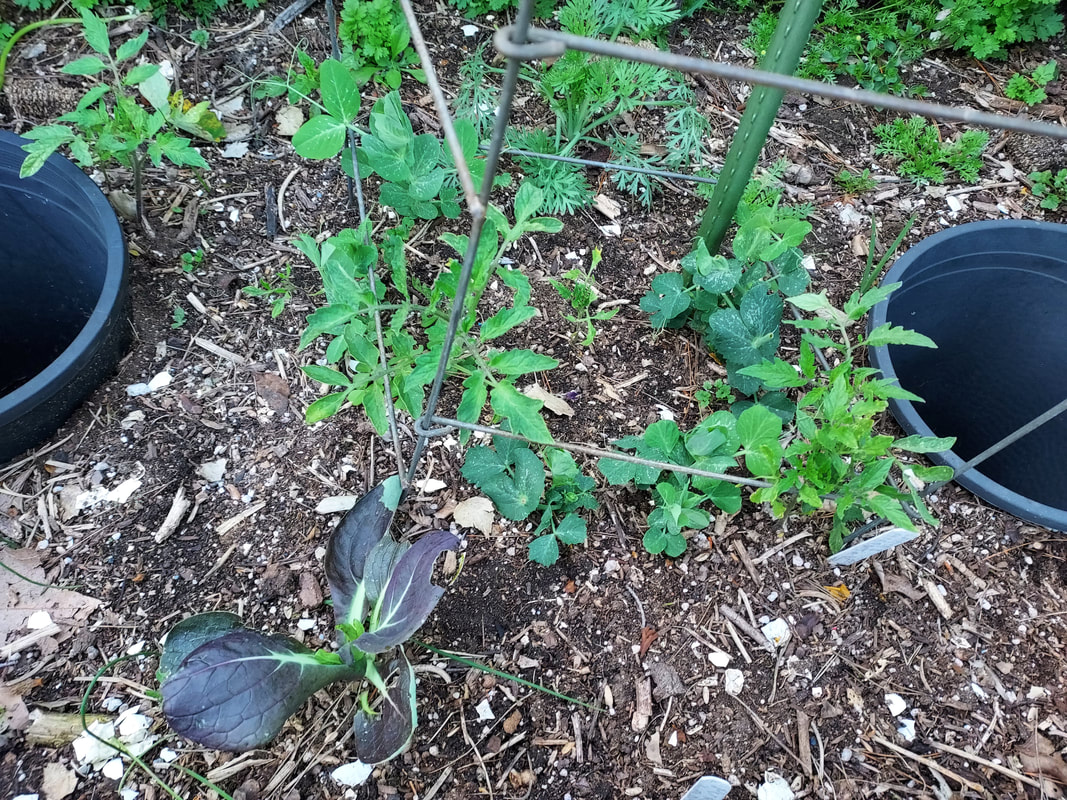 I sowed the peas, but the tomatoes came up on their own from last year's crop. I'll let them develop together since the tomatoes will take longer to mature before they ripen their fruit than the peas will -- unless, of course, the tomatoes are cherry-type like Sungold, in which case they'll perhaps develop fruit along with the peas! I've transplanted other tomato volunteers, so I'll have several plants to discover what they'll become! | Munching on the first edible-pod peas from my garden is a wonderfully poetic way to commemorate this first day of spring! What great timing! We’ve been enjoying lettuce and bok choy and tatsoi and chard and kale greens for a month, but these are the first peas. If you haven’t begun to enjoy cool-season veggie harvests, you can celebrate this official transition to spring by sowing your peas and transplanting the six-pack or 4” veggie plants you purchase from your local vendor or start yourself from seed! Even with our continuing wintery weather including some threat of frost and snow with the current storm this week, our longer daytime days bode for increasingly warm days in the garden. Weird Weather In past years, March was our transition time in the garden, suitable for planting both ways -- the last of the cool-season lovers (to give them time to mature and provide harvests before the too-hot summer heat made them go to seed and become inedible), and also the first of the warm-season lovers (in case the weather did indeed warm up quickly enough to warm the soil and enable plants to get an early start on harvests). However, this year is definitely different, starting with this still-winter chill and so very much rain and even snow in our local mountains. I used to feel that we’d had our winter if I could see one day of a minimal dusting of snow on our mountains. This year, there’re still a few stripes of white up there, weeks after. So it appears that our transition time may be April, this time around. While we can put in more tomato plants now, we should wait a month or so before planting other summer-weather delights like cucumbers, eggplants, melons, peppers and squash. Tomatoes can thrive in the still-cold soil, but the others just sit there and pout, admonishing you that you stuck them into the refrigerator. Worse, they take way longer to recuperate, establish themselves, and begin to grow again once the soil does warm up a bit. So, it’s just not worth trying to push them ahead in your garden – just wait a month to purchase and plant them, and they’ll truly thrive immediately. Remember too that the small plants you purchase – at any time of year – have been coddled and fed when grown in the greenhouse with lots of warmth and nitrogen to get them looking healthy so you purchase them. Consequently, they’re very tender and susceptible to pests like aphids that love the bright green succulence, especially when shocked by your planting them out into the colder-than-the-greenhouse garden. Propagating More Plants More plants that you can easily propagate from cuttings now include dianthus, dusty miller, euryops, felicia, fuchsias, geraniums, iceplant, lavenders, marguerites, mums, saxifrages, sedums, and succulents. For step-by-step instructions and photos, see my 2-16-23 blog, Propagating Succulent Cuttings, or my 10-29-16 blog, Propagating Begonias From Cuttings. Get Those Weeds Out Before They Set Seed All this rain and cool weather has enabled weeds to germinate and flourish. It’s critical to get them out of the garden before they send up their seed stalks. This kind of recycling you really don’t want! For more garden task possibilities, see March and April. For discussion of major topics, see the list by season on Homepage. |
|
0 Comments
|
Categories |





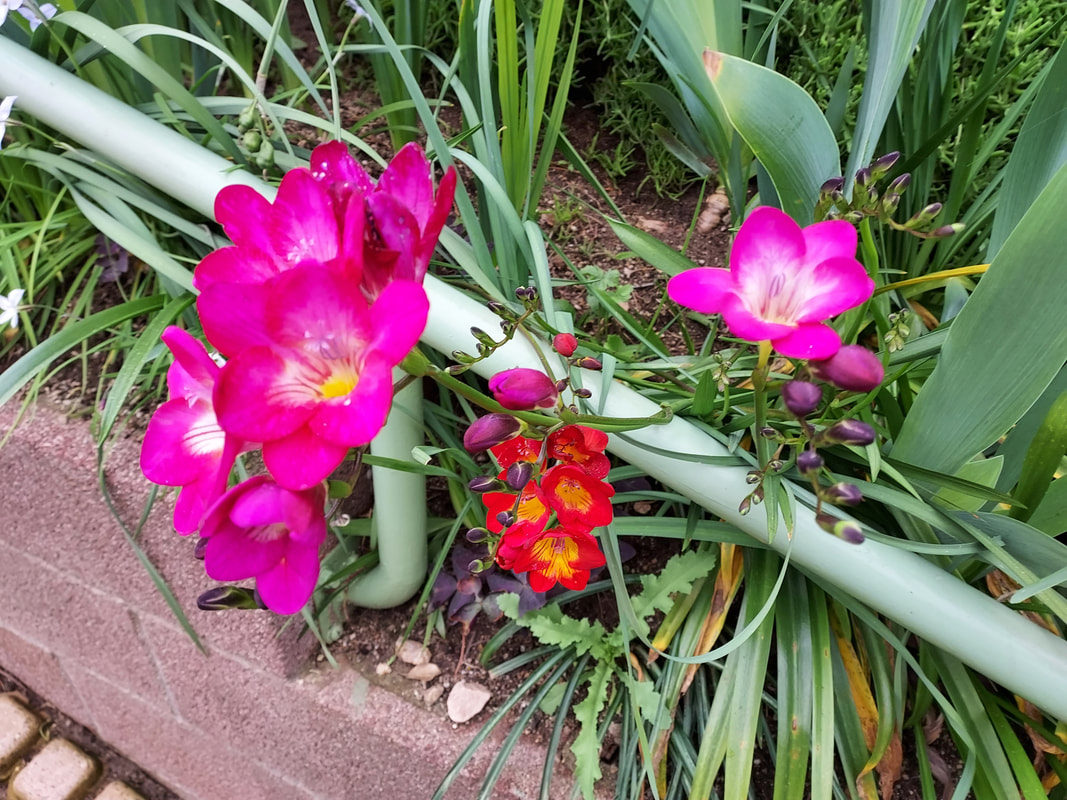




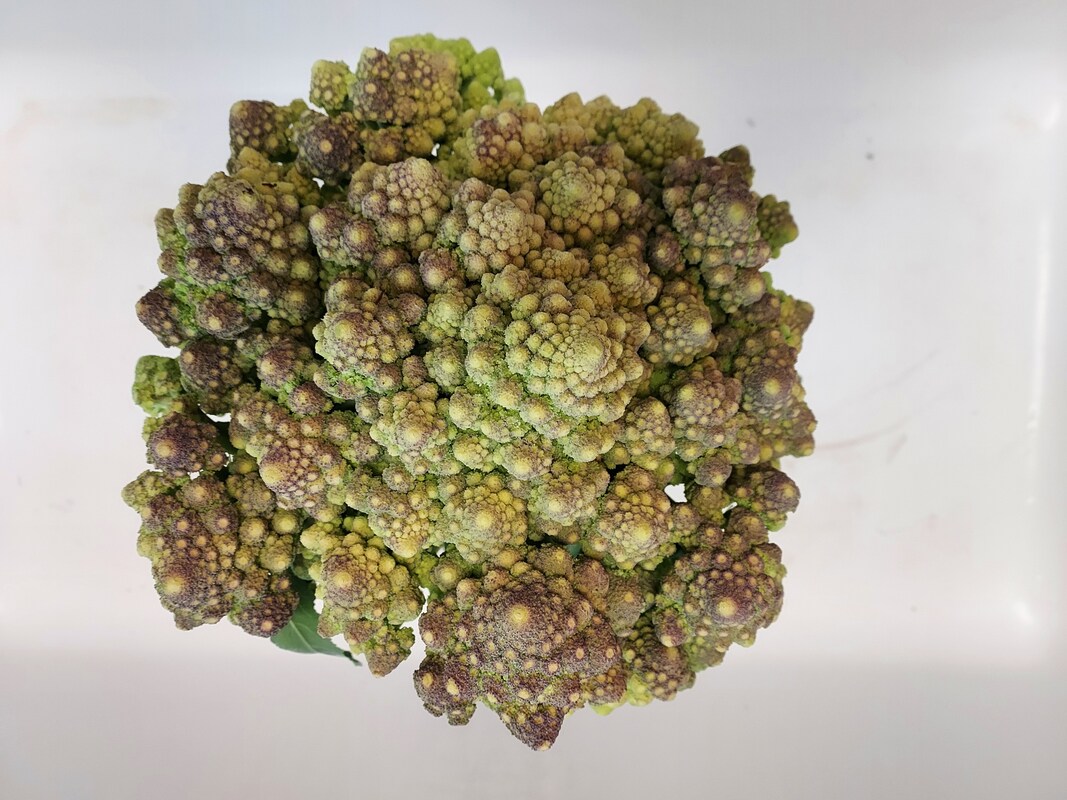







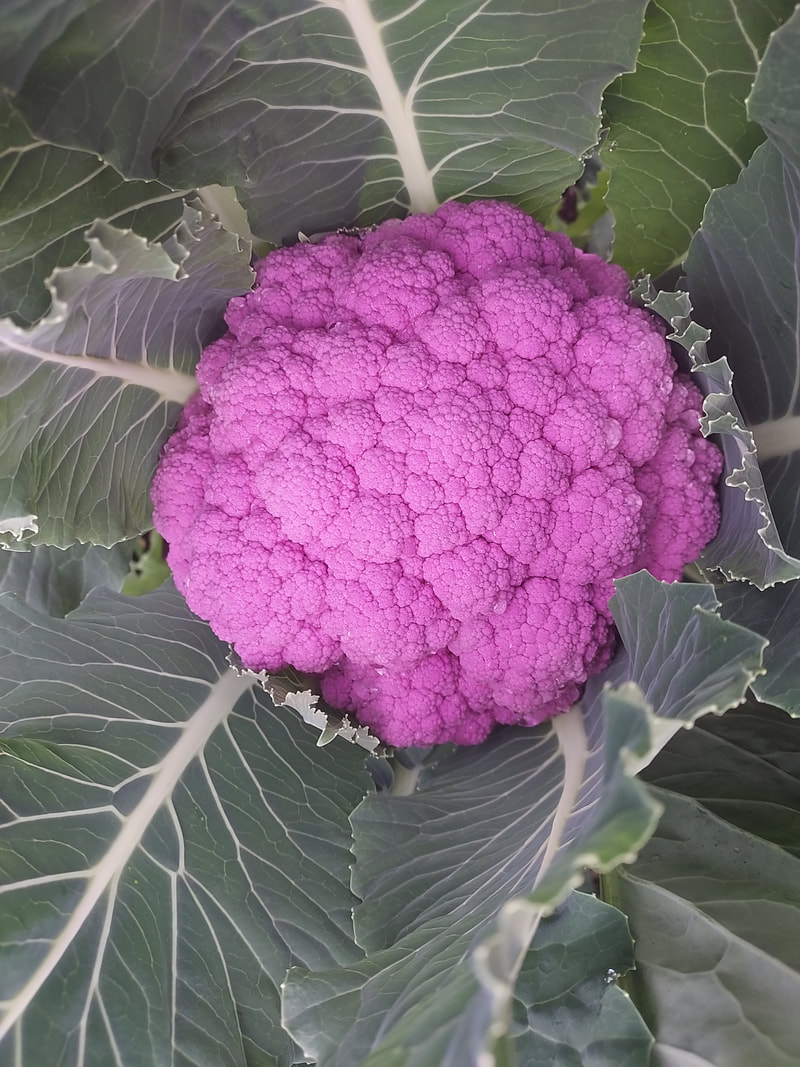


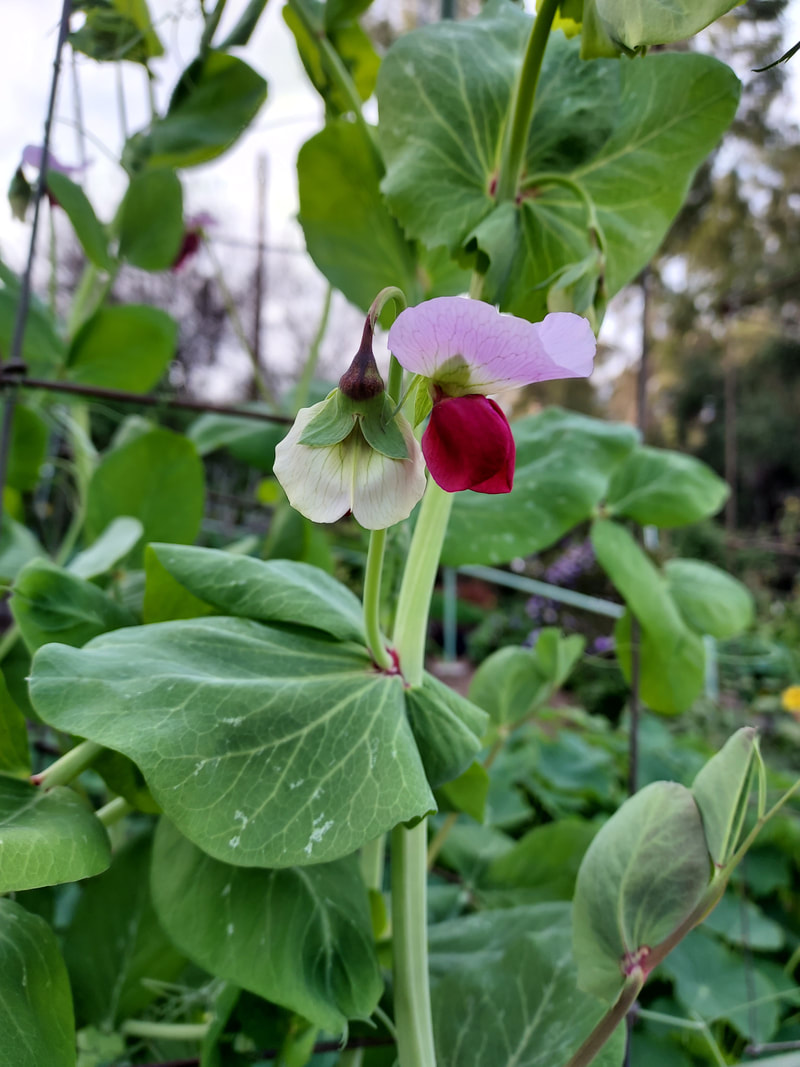

 RSS Feed
RSS Feed